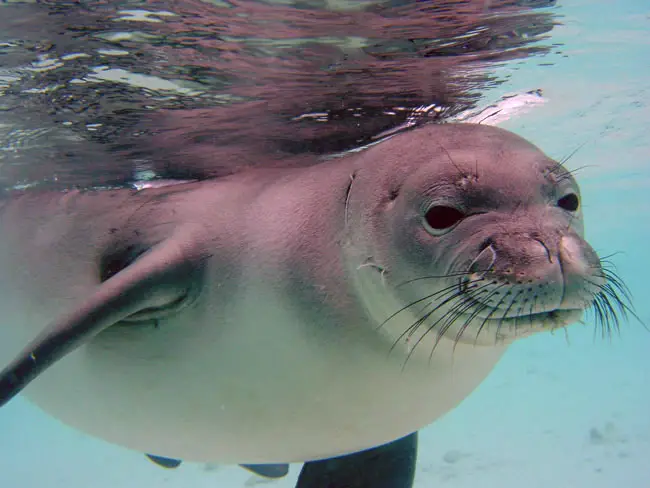Yangtze River Dolphins
The Yangtze River Dolphins were at one time widely spread and were found in one place only.. in the three gorges that live in the mouth of the Yangtze River of China
The Yangtze River Dolphin can grow to be as large as a large man, one of the biggest of dolphins, and one of the largest cetaceans that exists/existed.
Their population reduced radically from 1950 to 1990 and may for all intents and purposes be extinct in the wild, however there are plans to use breeding techniques to prevent the species from completely disappearing. Since they are not being found in their natural habitat, science says they are for all intent and purposes functionally extinct except for what remain in zoos and Cetacean institutes.

The Yangtze River Dolphin may be extinct
The reason for this is the vast array of manufacturing as well as the large numbers who grew confused with the boating and machination on the river and were e killed by boat propellers, and by habitat destruction.
The Yangtze River Dolphin is a carnivore, eating small fishes and crustaceans.
It mates in the spring months and after ten to eleven months, gives birth to one infant.
The Yangtze River Dolphin can grow from 4 to nearly 9 feet in length, and weigh in at about 3000-350 pounds, and have some quite noteable characteristics, such as a very long beak, or what is called a rostrum, that contains many sharp teeth, with very small eyes and poor vision, which may in fact be part of the problem with the running into boats.

The Yangtze River Dolphin
They did not require good vision however since they lived in the very muddy river environment. These dolphins relied or rely on echolocation to navigate as well as to find the fish they eat.
They are normally medium grey in color, with their underside slightly lighter. The dorsal fin is triangular, and their pectoral fins are very broad and rounded, similar to a boat paddle.
The Yangtze River Dolphin will live to about thirty years, however do not breed until about ten years of age.



bye see u again
i think is really cruel wat they r doing to this animals they r our species they live on the ocean or some live in other places but i think people should not threat them like that just imagine if they were humans they will be trying to tell us to stop cause they thinkthat we r being to cruel on them so i think we should just leave them alone
i agree with Kazandra they are cute but you should be folowing them around just for photo graphs it like realy crule